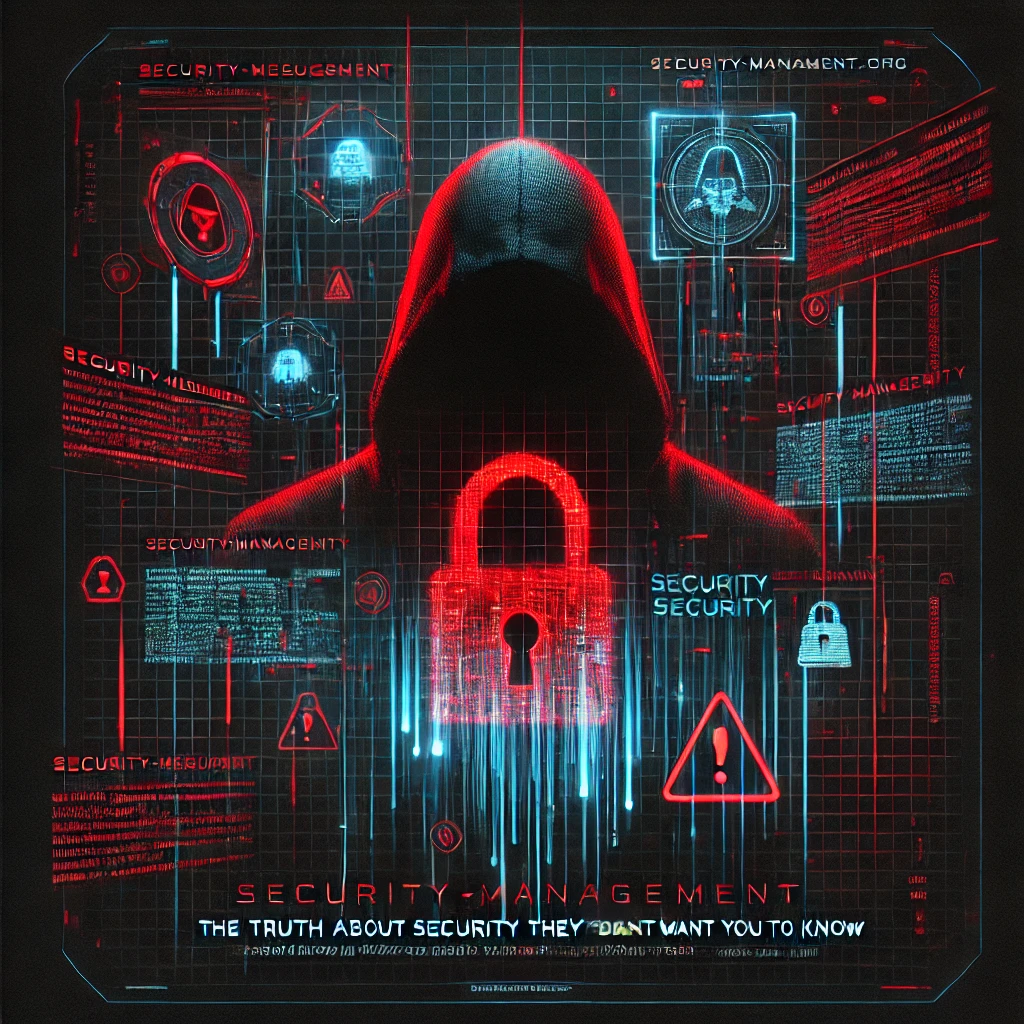EPM – The Illusion of Privilege Control
19/03/25 14:37
The Theory: Restrict Privileges, Reduce Risk
In cybersecurity, least privilege is a golden rule: Users should only have the permissions they absolutely need. That’s where Endpoint Privilege Management (EPM) comes in.
✔ Remove unnecessary admin rights
✔ Control software installations
✔ Limit what users can execute
✔ Reduce the risk of malware running with elevated privileges
Sounds great, right? Until you realize that attackers don’t follow corporate security policies.
How EPM Fails in the Real World
In theory, EPM stops threats by restricting access. In reality, it introduces new problems:
🔹 Users bypass restrictions – If someone needs admin rights "just once," they’ll find a workaround.
🔹 IT departments grant too many exceptions – The fastest way to kill EPM is to whitelist everything.
🔹 Malware doesn’t need admin rights – Fileless attacks and LOLbins (Living Off the Land Binaries) execute with normal privileges.
🔹 Attackers steal legitimate credentials – No need for admin rights if you can use a real employee’s account.
EPM reduces one attack vector while leaving others wide open.
The Compliance Trap – Why Companies Love EPM
If EPM doesn’t stop modern attacks, why do companies invest in it? Simple: It looks good on paper.
✅ Auditors love it. "Least privilege enforced? Check!"
✅ It creates a false sense of security. "We removed admin rights, so we must be safe!"
✅ Vendors profit from complexity. "Your EPM solution isn’t working? Upgrade to our premium version!"
Meanwhile, attackers don’t care how many compliance boxes you’ve checked.
What Actually Works Instead of EPM Alone
EPM isn’t useless — but it’s not enough. Real security requires multiple layers of defense:
✔ Zero Trust Architecture – Never trust, always verify.
✔ Behavior-based threat detection – Stop attacks before they escalate, not just block privileges.
✔ Application whitelisting – If it’s not explicitly allowed, it doesn’t run.
✔ Endpoint Detection & Response (EDR) – Monitor activity instead of relying on static rules.
✔ Security Awareness Training – The best security control? An informed user.
Conclusion: EPM Is Not a Silver Bullet
Restricting privileges is a good practice, but it’s not a complete security solution.
If you think EPM alone will protect your organization, you’ve already lost the game. Because when the next breach happens, attackers won’t ask for admin rights — they’ll just use your existing system against you.
Read more at Security-Management.org while you still can.

